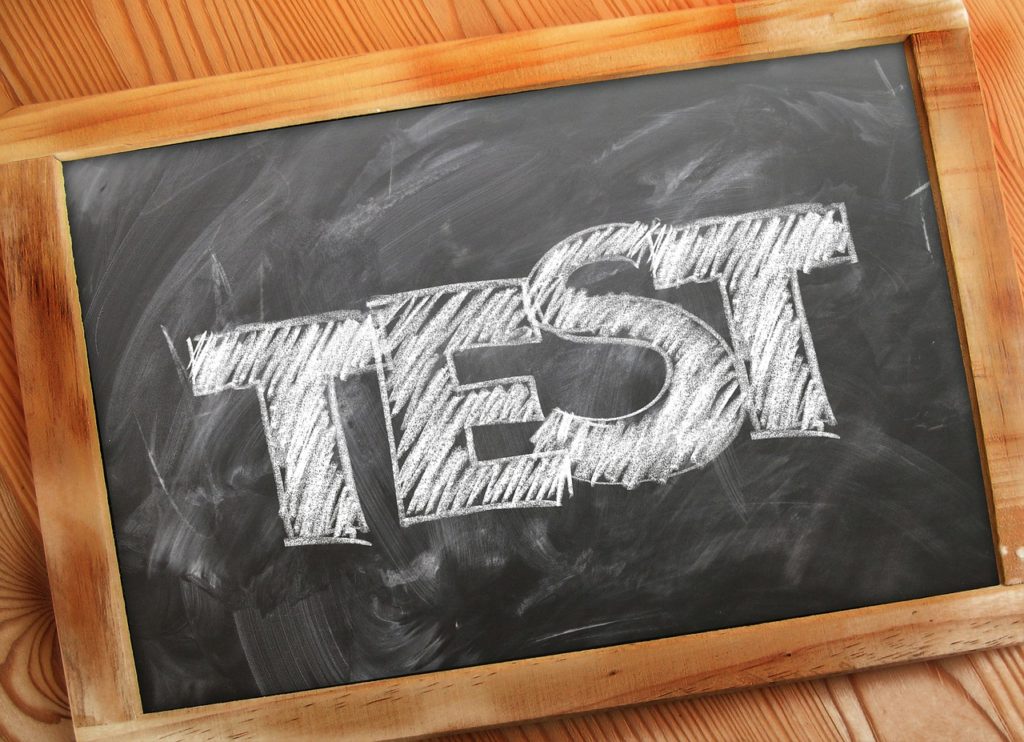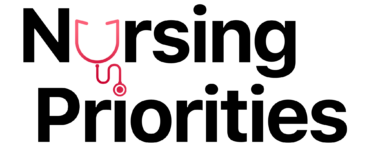In each course, student nurses will see goals or outcomes on their syllabi along with measurable objectives. As a student, I will admit I didn’t look at these items too closely. Now that I am a nurse and nurse educator, I see the importance of the syllabus and all it contains for students. In this post, I would like to share with you four reasons you should be reading and using the goals/outcomes and learning objectives to help you in your nursing journey.
1. These statements tell you where you are going. They are like a road map. Goals tend to be short statements of where you are headed. Outcomes are then measurable or observable statements demonstrating the goal is met. In education, you will see the word outcome used more commonly in education focusing on the measurement or evaluation of your actions. Goals are where you want to be and outcomes are the way to measure that you’ve reached your goal. Nursing students learn these terms when planning nursing care for patients. Planning is part of the nursing process.
Objectives are more specific statements that focus on what action or learning is to be completed or accomplished to reach your goal (Billings and Halstead, 2005). I envision them like stair steps leading to the top, your goals.
When learning the nursing process, you probably remember learning to state goals and outcomes or outcome criteria. The learning objectives are the outcome criteria for each course. They say what the person carrying out the action will do. (For example, start with the thought of “I will…,” “The nurse will…” or “The student will…,” etc.) Then list the planned action or activity. In your learning syllabus, the strategies to accomplish your goals may be seen as the learning objectives.
2. The learning objectives help your focus your study. The statements on the syllabus look a bit foreign at first. However, reviewing learning objectives at the beginning of each unit or module will help you focus your study. When assigned to many learning activities or assignments, one can easily be overwhelmed. How many of you have looked at your week’s assignments in a nursing class and have seen “Read chapters 5-9 in your medical-surgical text.” That might be 150 pages or more! Can one possibly read it all? Maybe not. So, review the learning objectives for the week and then review the headings of the chapters. Which of them seem to go together? Focus your time reading the areas in the chapters that match the best with the learning objectives.
3. The learning objectives will direct the nurse’s thinking and determining priority actions. Nursing is an active profession and what is learned in nursing courses ensures you will be able to provide the actions needed for your patients. Think about the level of thought or action that is needed for each objective. A pioneer in how to write objectives at appropriate levels was Benjamin Bloom. Using Bloom’s taxonomy (Bloom, 1956; Anderson and Krathwohl, 2001), you may see objectives written at each of five levels, with the goal to achieve higher levels:
(Lower to higher levels of learning-see diagram below)
knowledge or remembering (“knowing” information or recalling previously learned facts; the base of our knowledge)
comprehension or understanding (understands and can explain or summarize concepts)
application (uses information in new situations)
analysis (draw connections between concepts)
synthesis or evaluation (uses information to judge or take a stand)
create (develops new plans or ideas).

As you progress through your nursing program, you will see fewer and fewer objectives written at the lower levels (knowing or understanding) and most at the higher levels (apply, develop, plan). The assignments and exam questions you encounter will also be focused on actions (develop a care plan, apply a skill, select the priority action, etc.). Your learning objectives will assist in determining at what level you will be required to demonstrate your learning.
4. The learning objectives can also be used as an exam review or study guide. When preparing for the next exam, again review the learning objectives. Turn them into questions. The learning objective may say, “Provides care to the patient with heart failure.” So, ask yourself, “How does the nurse provide care to the patient with heart failure?” Then, go through and list all the actions needed in caring for this type of patient. You probably will find yourself considering other questions. What assessments would be made and what does each indicate? Do any of your assessments indicate a worsening and require you to prioritize an action? What medications might be administered to this patient? Are there activity or dietary limitations? What would you teach this patient? What assessments would tell you this patient is getting better or worse? These are just some of the questions that should come to mind as you begin to “plan care” for this type of patient. When you get to the exam, chances are the questions will focus on all of these types of activities.

Goals, outcomes, and learning objectives really are a guide for nursing students. They can tell you where you are going in your journey to becoming a nurse. Read them and use them to your advantage.
References
Anderson, L. W. and Krathwohl, D. R. (2001). A Taxonomy for Learning, Teaching and Assessing: A Revision of Bloom’s Taxonomy of Educational Objectives: Complete Edition. New York: Longman.
Billings, D.M. and Halstead, J.A. (2005). Teaching in Nursing: A Guide for Faculty. St. Louis: Elsevier.
Bloom. B. S. (1956). Taxonomy of Educational Objectives. Boston: Allyn and Bacon.

